Leaderboard
Popular Content
Showing content with the highest reputation on 02/27/2021 in all areas
-
I would not be overly concerned about 6 weeks down in a hangar. I fly most weeks but my plane was down for 6 weeks for annual. Do I think my engine turned to dust during those 6 weeks? NO Sent from my iPhone using Tapatalk4 points
-
One of my airplane partners came up with an analogy I like about this sort of stuff: Push-ups are a common exercise in many workout routines. But the action your muscles perform to execute a push-up are not an action you really use in work or play. So why do we do them? Because while the push-up action itself may have little/no use, it builds muscles that are useful: for general strength, and for particular actions that have some things in common with push-ups. So it is with the commercial pilot maneuvers. The point is not that you'll use those maneuvers in commercial flying. Think of them as "skill" push-ups: learning to perform those maneuvers strengthens your skills in a positive way, even if the maneuvers themselves have little direct application. One can say the same thing about your CFII simulating a simultaneous failure of your AI, DG, GPS, and iPad. This is so unlikely to happen in real life that it's arguably an absurd scenario. But it's a mental push-up: it builds mental muscle that aids you in any kind of instrument failure scenario, and even when everything's working.4 points
-
It’s very dangerous to leave your plane sitting around. Send me the keys and I’ll keep the rust off the cylinders for you.4 points
-
I use windy.com to get a feel for the likely weather conditions for a flight. One thing to note is that windy.com allows visualization of the output of four different models: European Center for Medium Range Weather Forecasting (ECMWF), NOAA Global Forecast System (GFS), NOAA North American Forecast System (NAM), and newly the German DWD Icosahedral Nonhydrostatic (ICON) models. There are raging debates about which model is "best". I'm not going to get into that. The answer varies over time and by variable (temperature, ceiling, etc.) However, when it is your a$$ on the line and you need a good wx decision, compare the output of the different models for the flight time and see how closely they agree. Agreement between the different models provides some indication of likely weather conditions. Disagreement between the different models adds uncertainty to your decision making process. These models have different resolutions, forecast horizons, and capabilities. I don't think looking at windy.com replaces a weather briefing, because it doesn't show important things like turbulence. Rather I see it as a nice add-on to a briefing. A final note. Calling a model "accurate" is never appropriate. All models are approximations and never perfect. The ECMWF and GFS models for instance run on grid sizes 0.28 degrees (~31 km) and half degree (~30NM), respectively. ICON runs on a 13 km triangular mesh. If the model forecasts a frontal boundary location near your destination, it could easily be many grids off, which is a long distance. A meteorologist would say that the model perfectly forecast the arrival of the front within a 2-hour window, when I a pilot might arrive as the front is passing when the models said it would not. I am a modeler. I work in affiliation with NOAA, but do not represent NOAA. I'm skeptical of all models. Trust them when it is easy (high pressure dominating). Doubt them when there is reason to doubt.4 points
-
Either +5 extra credit for being the first on MS to show a double integral, or -5 for same. Gotta refer this one to the Dean of Mooneyspace, @carusoam.3 points
-
My take-away from this is that exercise is bad and should not be practiced.3 points
-
While I appreciate the attempt at bringing traffic to the website, and promise of Mooney culture.... nothing is worse than advertising an intent and then completely failing to execute (sound familiar). Case in point, the full time Mooney of the month, the coffee mugs, and zero responses from Mooney on the form designed to interact. I understand it’s strange times and still working out the kinks of staffing etc but I’d have preferred a “website under construction” page for several months rather than a fall on face launch which seems so far, it’s just that.3 points
-
Write yourself a progressive maintenance plan (AIP). There is a little used legal path to what you want.3 points
-
3 points
-
Update on some knowledge gained after speaking with an engineer from Uavionix. I’ve got two of the AV30C’s in my Ranger and have had the DG precession issues as well as the AI acting like a vacuum system on its way out. The firmware update has been released for the Experimental version and is awaiting approval by the, surprise surprise, FAA. It will involve either wiring into the RS232 interface with a connected laptop or the more ideal way of removing the individual units and installing the AVLink in each one. The -Link is essentially a tiny WiFi receiver and once installed will only need a computer nearby to wirelessly transfer firmware files. The engineer said the Link would be inexpensive and future proof so any future capabilities certified could be easily added. The current update awaiting approval MAY fix the precession issue for Mooney’s. Apparently our aircraft are giving them trouble that other types are not. There is some question as to whether a Mooney with magnetized tubing might be having some affect. Merely the messenger here, I’m not offering any data based opinion. It’s the same with my AI issue. Currently my shop swapped out the number one with another new AV30 and is awaiting my return to test fly, I’ll let folks know the results in another week or so. Another tidbit, Garmin devices continue to not play well with other brands. Apparently there is a proprietary signal from the 175/355 units that confuses the AV30 data fields for GPS destination. Mine show correct nav info like distance to go and cross track but will rarely display the actual waypoint identifier name. It displays “ALT” instead. Kind of annoying but another issue Uavionix is aware of and trying to fix. SO, jury is still out on the final performance of the certified AV30’s. I still like the company a lot, they have always been responsive in speaking with me even though it may not be the answers I desire. The engineer also admitted they have been facing headwinds with the FAA because they are a small company with tight pockets and aren’t able to muster the attention the big G can afford but they stay persistent. Traffic on the AV’s and autopilot interfaces are the next closest projects. Hope this helps some folks. I’m keeping mine for now, no guarantees on what I do in the future.2 points
-
Thanks @carusoam. When you tried to sign up @PeteMc did you use your full name as your username as well as the correct tail number? We've had hundreds of signups but the people who were "deleted" and asked to resubmit did not use their full name/tail number as instructed. Everyone who resubmits with the correct info is approved. Part of the goal here was to create a true (as possible) current listing of owners that we could reach out to when necessary. Please PM me if you are still having difficulty. While the website isn't my direct responsibility, I'll try to address some of the issues brought up here. The forum was never intended to be a place like Mooneyspace where thousands of topics are created and answered on a yearly basis. It was created for owners to speak to each other in a civilized format using their real names. The frequency at which people post is not seen as a success or failure as it was only put there as another place for Mooney owners to communicate. While Mooneyspace is great, it's not for everyone. We've received more than a few messages from people who have never participated in Mooneyspace (due to anonymous usernames and some of the discourse that happens here) but have signed up to use the Mooney.com forum. As I'm sure you can appreciate, we are busy trying to keep parts flowing while laying plans for building new aircraft in the future. The team in Kerrville is hard at work everyday to try and respond to as many technical questions as possible from both the community and MSCs. In addition, we delivered a brand new Acclaim last month and are preparing to deliver the next Ovation in April/May. Mooney has had it's fair share of challenges over the past 30 years but we are doing our best to make some progress each day. This won't happen overnight, but we always appreciate the continued enthusiasm and support by the community.2 points
-
Damn, I just risked my flying future! I should have read this earlier. I didn't go to the airport to work on the plane, waiting for parts. But I foolishly rode 30 miles on the bike...2 points
-
Reporting back. I replaced the main bushing in the nose wheel with a 0.010 oversized on from Lasar (blue). After replacement I noticed there was still some fore/aft play on the trailing link so I ordered 0.005 oversized bushings for that too (red). The red bushings were replaced in no time flat so I decided to paint the trailing link because air plane maintenance must take at least all day per the universe... The gear feels super stable now. My IA will submit new STC/337 paperwork for all instead of trying to fix the old 337 forms from the 90's. good gear, good paperwork, good feelings!2 points
-
Here’s an affordable deep-reaching hand squeezer for a good price. https://www.aircraft-tool.com/shop/detail.aspx?id=ATSRS-3 I had a partial collection of rivet sets and clecoes from when I was a kid. Amped them both up with kits I found on eBay. It’d be pretty easy to build a good set for $300 or less.2 points
-
Thought I'd report back. I received a new bolt from Lasar and swapped it out. Super easy! Dan sent me a NAS6606H21. It has a slightly different head but it was better for lockwireing. After jacking up the plane I released the J bar about 3 inches (held with a bungee cord). I removed the old bolt which was barely tight... Once the bolt was removed everything stayed exactly in place. I cleaned up the area and slid in the new bolt with a slight wiggle of the main gear. Safety wire and done! Super easy. My IA will stop by to check my safety wire and preload in a few days.2 points
-
I have quotes but no instance plan yet. I will lock it in once I get past the pre-buy look. I'm an ATP with 8,000 hours so I hope they don't suck me dry. LOL2 points
-
2 points
-
2 points
-
Windy.com shows model predictions of the future. It shows model outputs for the next 9 days for both ECMWF and GFS models. The ICON model output goes 5 days into the future, while the NAM goes out 3 days. That's its real utility. You can see synoptic (large scale) features out up to 9 days in advance.2 points
-
Thanks for the reference, the fact that the ACS calls back to the AFH is a good point. Still, it seems a little odd to me that the steep spiral has such a nebulous definition, when other performance maneuvers in the ACS/PTS are quantitatively defined. e.g. steep turns call for specific bank angles, short field landings give specific tolerances on hitting your intended spot, etc. The ACS on the steep spiral also has a knowledge element that indicates one is supposed to "demonstrate understanding of the purpose of steep spirals". I've heard a few variations on what the purpose of a steep spiral is supposed to be, and made up an answer or two myself. But most of the standard explanations seem to grasp at straws. If I'm on fire or have a medical emergency on board, I'm going to execute an Emergency Descent, which is a completely separate maneuver with different procedures (it's also required in the commercial ACS, as a separate skill). If I have ever actually have an engine failure and arrive over a great landing spot with altitude to spare, I'm going to fly a minimum-sink-rate circle, which maximizes my time to get ready - i.e. the exact opposite of a rapid descent. One real-life purpose I can come up with for the steep spiral is that it's a pretty cost-effective way to get a skydiving or towing airplane back on the ground in a hurry for the next load/glider/banner/whatever. But what the King Air and Twin Otter do at my local jump zone looks a lot more like an "emergency descent" to me than a "steep spiral". A steep spiral is also a way to wind down through a smaller-than-you-hoped hole in an undercast, when your VFR-over-the-top plan didn't work out like you thought it would. But that sort of decision making was already being frowned on when I started flying, over 30 years ago. I think most examiners would be nonplussed if you offered that up as a rationale for the maneuver.2 points
-
I believe all the Lycoming 360 engines have a minimum oil quantity spec. of 2 qts. They also have a max oil consumption spec of about 2 hrs/qt. and a max capacity of 8 qts. This gives you enough oil capacity to never run out of oil before you run out of gas. I have been associated with several flying clubs and FBOs with large fleets of Pipers and Cessnas equipped with Lycoming 320 and 360 engines. Standard practice has always been to run down to 6 and add a quart. I have a factory rebuilt IO-360-A3B6 with a couple of hundred hours on it and have experimented with running down to 5, 5.5, and 6 qts before adding a quart. The oil consumption has been about the same as has been the minimal amount of oil on the belly. I think as these engines age, blowby probably increases and they blow more out the breather. You can experiment and find a level that minimizes this. I have noticed that warm day oil temperature starts to rise (with a commensurate decrease in pressure) when the level gets down to 4 qts. Skip2 points
-
The reference above that points to the Airplane Flying Handbook which says... "A steep spiral is a gliding turn where the pilot maintains a constant radius around a surface-based reference point while rapidly descending—similar to the turns around a point maneuver." (emphasis added) Not sure a shallow turn meets the meaning of "rapidly descending". -Robert2 points
-
Another excellent suggestion. The only problem with flying down to the Keys is the inability to have a drink or two.2 points
-
Great trip today. The air was calm and cool. Marathon General Aviation did have a crew car available and we drove to Keys Fisheries, which is a joint three miles from the airport. It's self serve and has great food. The other recommendation is Island Fish Company, which has table service and is just as good. We went to Fisheries just for a change of pace. Flew down the coast at 500 feet then climbed to 2,500 past South Beach.2 points
-
2 points
-
My investment wasn’t too bad, got tired of borrowing stuff from my IA, made a list of what I thought I might need or have used in the past, added the wish list items to Spruce orders to get the free freight (3 orders). I think it was maybe $300 or $350. If you are like most on here you like working on your bird it’s nice not having to hunt things down2 points
-
I have battled each of the hazardous attitudes at some point and I'm not 100% sure I am entirely past them. However, close calls, scares, stories, years of aviation, and having nothing to prove does help minimize them over time for me. The attitudes I personally exhibit least are probably anti-authority and resignation. I think I'm pretty well versed in the rules and have virtually no temptation to break them. I feel that there is more anti-authority feelings in pilot-maintenance than the flying. I don't do much maintenance so I don't get into those debates. I use ATC services on nearly every flight and often file so I am pretty comfortable working with authority. Being super familiar and appreciative of ATC services in the NYC metro area probably contribute largely to that. As for resignation, it's really hard to think of examples of. I think most pilot types are the opposite of this and we'll see from the poll. Perhaps I have a bit of resignation about all the paint peeling off my bird, but I am inching closer and close to a paint job. The only resignation I can really think of engaging often is choosing not to fly because of conditions. But not flying can't be a hazardous flying attitude. Macho is the attitude that is most in between for me. It's not often but not completely unheard of. I think it is most brought out by a fearless passenger to impress. A few abrupt maneuvers or steep turns, but never anything aerobatic. In the absence of such passengers, these macho impulses pretty much never appear to me. I see the Mooney as a cross country flying machine and not something to hot dog in. Now invulnerability and impulsivity are a different story. These attitudes are most often the ones that need to be kept at bay for me. It still isn't often that they come up, but of the 5, it would definitely be these 2 to think more about. I don't get much impulsivity any more. It's hard to come up with something I haven't already done in the plane so not much of it can be impulsive. I tend to plan and think my flights through so it is rare for them to be impulsive. The invulnerability attitude is probably my biggest vice. I have flown cross country at night, IFR over mountains, over open water, in remote places, through bad weather, etc. I'm not sure that it's an attitude as opposed to a calculated risk per say. The outcomes were never bad and in this much flying, I haven't had a problem as a result. However, it does not mean that it couldn't potentially happen. Dicing it close to weather and things like that. I guess a better way to put it is that I have to spend more effort convincing myself not to do something, that shit could happen, is something I sooner have to think about than those other 4 attitudes. As years go by, I have fewer and fewer scares. Is it because I've had them and become numb or because I learned from them and don't do it any more? Probably a bit of both.1 point
-
I hate to say it depends, but it does, my early model M6/235 would hang on the prop at an airspeed that the airspeed indicator didn’t indicate, I believe due to the extreme nose up attitude, it also had pretty much zero aileron effectiveness at that speed, if a wing dropped, only the rudder would lift it. That was fixed with later model M6’s and subsequent Maule’s with ailerons that were 6” longer. VG’s helped aileron effectiveness greatly, but did little else except slow you down slightly ‘Anyway if you were trying to get in short, about 30 mph and you had a steep descent, elevator would not arrest the descent either, it took a little throttle to blow enough air over the rudder to raise the nose or you would land hard, hard enough to break something. ‘You could easily get stopped before the end of the numbers on a runway if you were light and zero wind, you could also get airborne before the end of the numbers too. The problem if you will with a Maule is fuel consumption, the MPG for my Maule was identical to the C-210L that I flew at about 10 NM per gallon, the 210 was 20 kts faster and could carry a lot more though, and if kept light a surprisingly good STOL airplane. It appears at first glance that my M20J’s fuel consumption is about 10 GPH at 155 kts giving of course 15.5 NM per gallon, butI’ve only had it a few days so not sure. I know I can slow down and likely get 20 MPG? Normal approach speed was if memory serves was about 50 MPH on short final, chop power and a Maule with flaps out glides about like a short wing Piper, that is to say drop a coke bottle out of the window to see where your going to land. On edit, a 235 Maule’s fuel consumption is actually lower than a 180 if flown at identical speeds, the reason is your power is so low on the 235 that you can very aggressively lean it out, and real world the 235 actually adds to useful load, a Maule’s actual ability to carry things is based on CG, and the heavy motor will allow more weight in the cabin before you get to stick force neutral point. A Maule has huge overlapping doors, think old station wagon and can carry large awkward things because you can get them into the airplane1 point
-
Thanks @carusoam for helping connect the dots around here. @c1ticelet me know if you do want to get rid of some of the weights. Thanks. Steve1 point
-
This question not directed at the original poster because he obviously thinks it is appropriately priced. With 2300 SMOH, is this airplane appropriately priced? Yes, it's got some nice instruments in the panel, but no engine monitor, no AP, no 201 windshield. What affect does having an engine 15% past the recommended overhaul time on insurability/hull value? It seems to me that in estimating the cost of the a/c with an overtime engine, it isn't too far off to add the full cost of an overhaul to the price and that's essentially what the cost of this C is. Seems high to me. Do a couple of a G5's and a new GPS add that much resale value? I wonder when the tanks were re-sealed? No mention of bladders. If more than 7-10 years since resealing, I'd add that pro-rated expense to the "gonna have to pay it sooner rather than later" column. Except for the overtime engine, she seems like a nice bird. We own a '67C too. I'm just surprised this one is selling $52k. I hope the pre-buy goes well.1 point
-
Good point Carusoam I did not realize my location was not listed, such a rookie/nub. I am in Greensboro, NC. I saw the post about needing weights. I will get back @spistora if I need to off load those weights. Charged weights for steel tanks with regulator ( according to the Scott document I attached if viewable) - 77 cu ft -30.15 lbs : 115 cu ft - 44.7 lbs I have to think getting a DER involved may be more than the cost to correct my mistake and that is a good suggestion N201MKTURBO, it is worth inquiring. I did some W&B calculations and 14 lbs at station 125 adds 1750 to the moment and that moves the CG aft .9 according to my layman's calculations, which I thought was surprisingly little. Clarence and I are chatting. Thanks for all the replies. This is a great Space. Chris AmbMIVp1.pdf1 point
-
It's not as bad as those who are unwilling to fly without at least three, if not four, moving map GPSes running in the cockpit "for safety."1 point
-
This is why most airlines and major manufacturers have QC staff separate from maintenance/production. That second observer makes a big difference.1 point
-
Most of the maneuvers they require for the commercial serve no practical function and are generally the exact opposite of how a commercial pilot ought to be flying. I found that extremely ironic. If I wrote the standards, I’d rather see an extremely boring and uneventful flight with precision, awareness, and sound judgement.1 point
-
I have rudder trim and it was added on by the previous owner so don’t know how involved it was.1 point
-
With the help of some MSrs, I signed up for this beauty on Wednesday. She has to pass her physical next Friday and I have to come up with the scratch. @gsxrpilot and friend were sooo giving of their time and expertise. I only hope I can pay it forward. There's so much that I and the plane need. If ya look at that completed that list it will make you turn to drink. But I do have one important question; should I go for the leather flight jacket or the Captain's hat with epaulets look?1 point
-
Congratulations! I think you are going to be just fine with this one. You have already started from a good place by going with GMax. Follow the advice of Mike Busch on operating on condition and I think the engine overhaul could still be years away. I’m jealous you are buying some one else’s panel upgrade...much cheaper way to go than paying for it yourself. I speak from recent experience. Have fun!1 point
-
Don't forget the big watch! You might fall out of the sky without one,1 point
-
Here is a good starting point: https://www.amazon.com/Al-Mooney-Story-They-Through/dp/09406723401 point
-
@midlifeflyer I’ve had it overheat a few times but they were all self induced, but never an issue when mounted in the planes1 point
-
Eagles were $65,000 less than an Ovation when they came out in 1999. To save money they were painted white with stripes, a more basic interior, an STEC autopilot, 2 blade prop, less on the panel and no rudder trim. They came with 75 gallon tanks and the IO-550 was derated to 244 hp. Still a very nice airplane. Most of those things can be upgraded to match an Ovation. I'm not sure about rudder trim though, whether it can be added. With 244 hp it wasn't as big of a deal, however in the Ovation I owned I did the 310hp STC and couldn't imagine not having rudder trim with that much torque.1 point
-
I went with a mini-split. They run a variable speed compressor and are excellent at removing humidity. I oversized mine and haven't had the typical "short cycle" high humidity issues you would normally have with an oversized heat pump. No more rusty tools! Working on my AC has become a joy. Absolutely no buyers regrets. FWIW I bought an off brand for about 30% of a name brand. They come pre-charged and are simple to install. Subsequently I've installed three more in different properties and I've yet to have a maintenance issue.1 point
-
Per the installation manual "For a Taxi light, the 'lines' of the inner optic should be orientated vertically to produce a horizontal light beam." ParmetheusPlus.pdf1 point
-
1 point
-
@PeteMc, this is the X-Grip, doesnt matter what tablet you go with, chances are it will fit. I use my iPad at home more than my PC, when flying I just put it in the X-Grip, case and all1 point
-
1 point
-
Scott, It seems that we have tons of weather product available to us. It is easy to be overwhelmed and sometimes difficult to separate the important from the merely interesting. What three (or five max.) pieces of information would provide the best “big picture” to allow making the best flight plan given the variables of altitude, route and departure time?1 point
-
1 point
-
@carusoamyour replies always remind me of "Deep Thought's" from SNL.1 point
-
You don't really torque this nut. You turn it gently until the bearing binds slightly and then back off to the next cotter pin slot.1 point



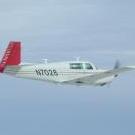

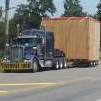

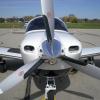
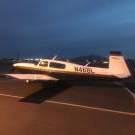
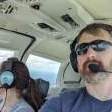



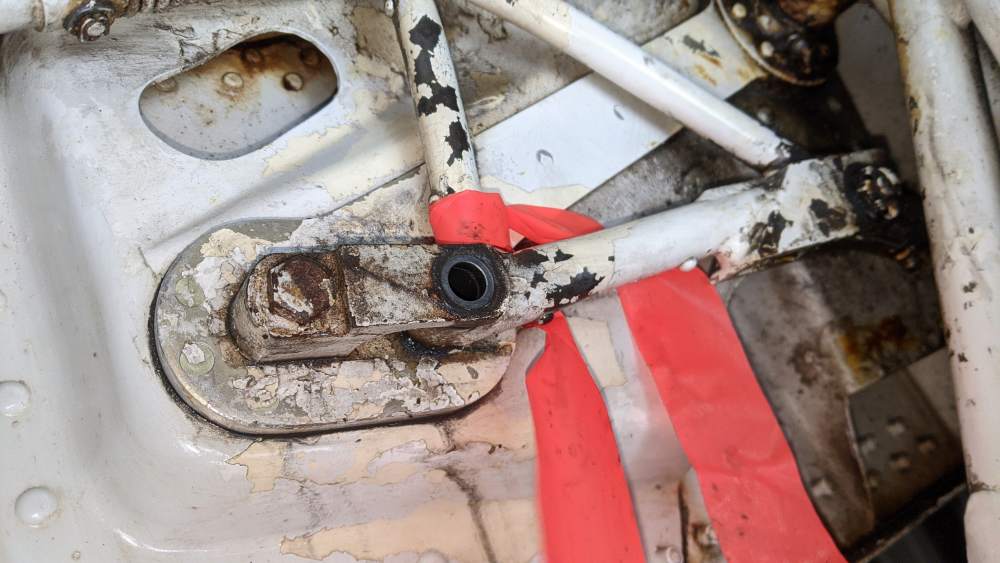
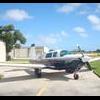

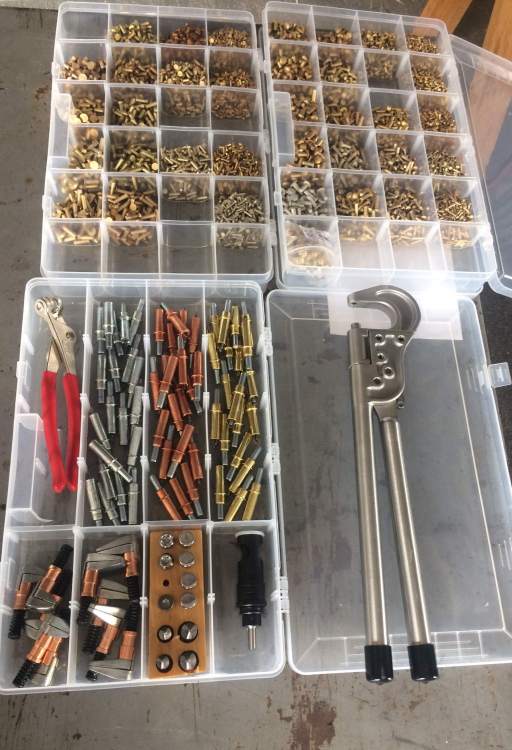

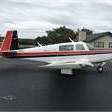


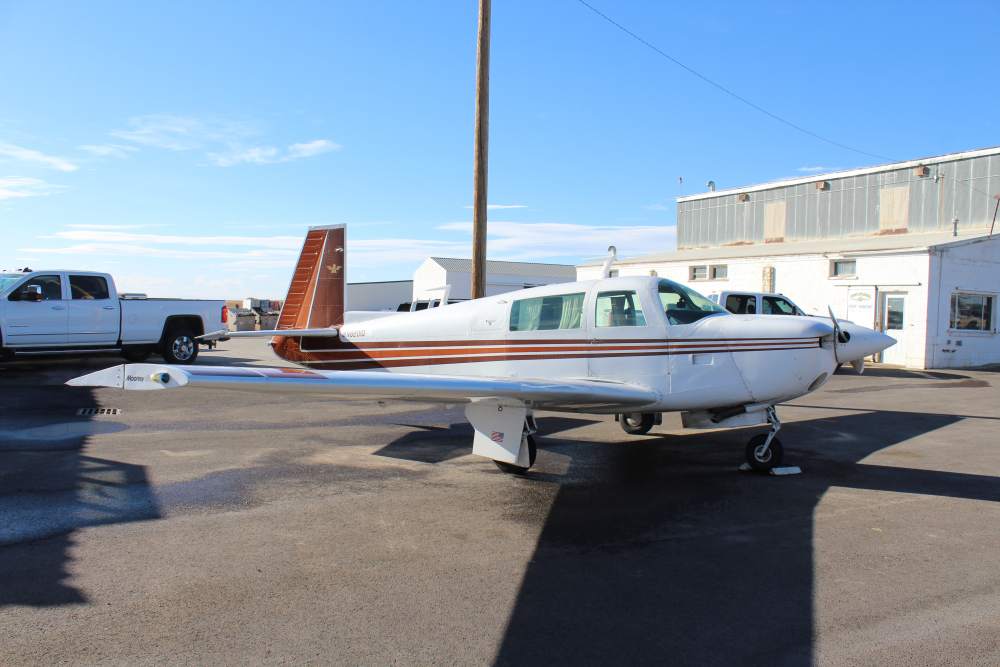
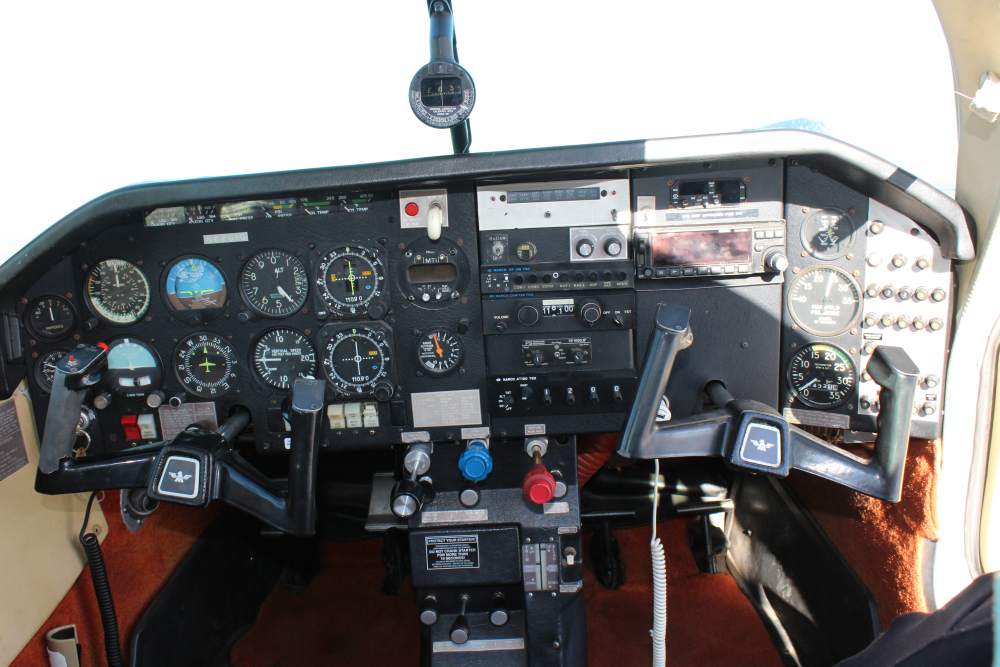




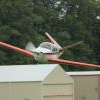

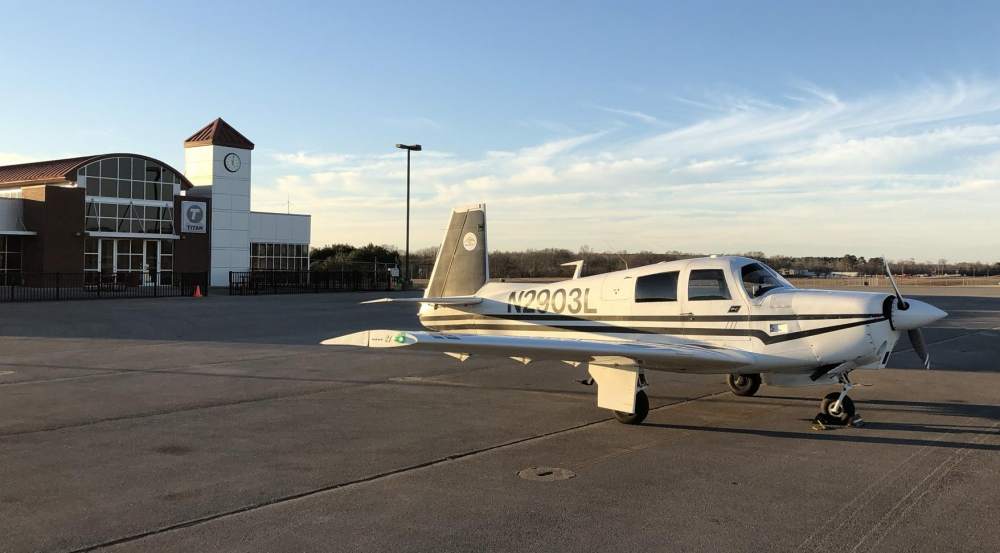
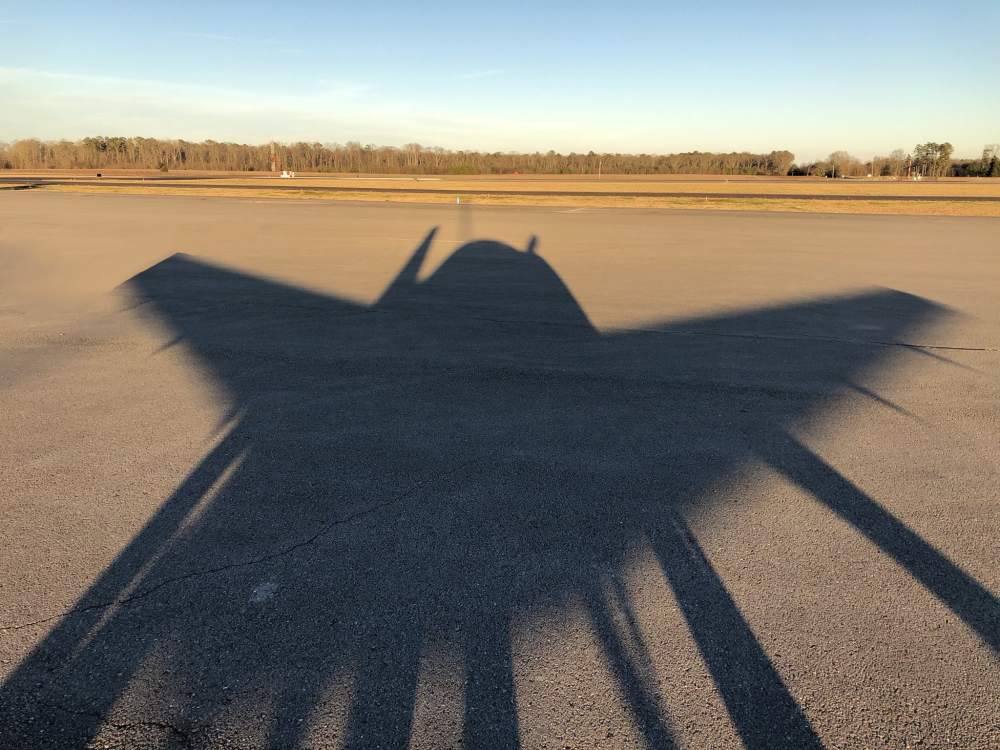
.thumb.png.7c67574d7b28f67b0b4a17760919b1ac.png)